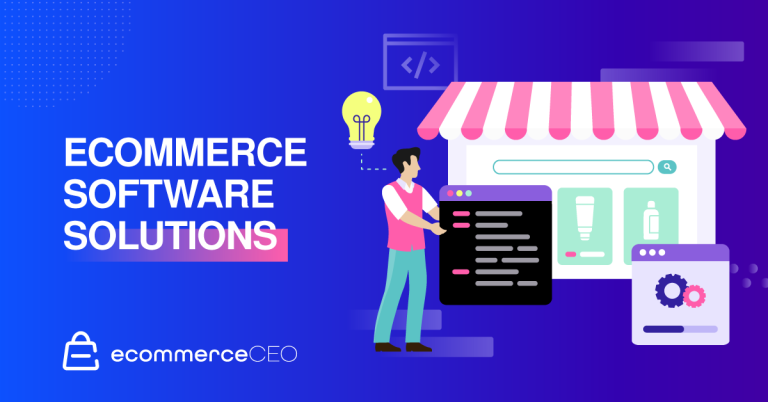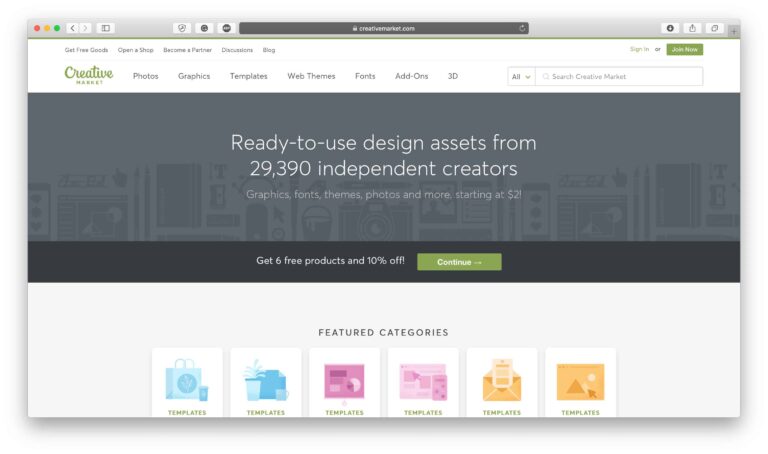It’s no secret that fourth-quarter sales can make or break a brand’s bottom line, but with holiday revenues projected to exceed one trillion dollars in 2021, the stakes are now higher than ever to make an impression on holiday shoppers.
Forty percent of U.S. consumers relied on online shopping in 2020, according to the 2021 Salsify Consumer Research Report. And with an ever-increasing number of shoppers moving online, the importance of standing out on a crowded digital shelf is more important than ever.
But what’s the best way to go about it? Salsify digital shelf experts Sara Gupta, Naomi Swenson, and Kelly Rianda recently held an on-demand webinar outlining some best practices for brands beginning to tackle their fourth-quarter ecommerce strategy.
Here are 10 of their best tips for a successful close to the year.
In fact, Salsify offers a free comprehensive ecommerce planning calendar that identifies 30 important dates for any holiday campaign — starting in July.
Barring that? The best time to start planning your holiday campaigns is now.
Whether there were certain kinds of product pages that performed unusually well, a keyword or search term drove conversions, or a promotion garnered you a lot of attention, apply those lessons to your evolving ecommerce strategy — while cutting out the ideas that didn’t work.
One of the most important things you can do to boost your conversion rate is to include relevant multimedia. According to Salsify’s research, the inclusion of high-resolution product photos, video, 360-degree views, lifestyle images, or other dynamic visual elements increase conversion rates anywhere from 10 to 36%.
Ideally, you should strive for each of your product pages to have at least seven pieces of enhanced content.
Including any reasonable details that would be pertinent to the customer will go a long way in not only fostering trust but confirming that your product will meet whatever specific needs your shopper may have.
Details to include are:
And it’s not just a flashy gimmick: 51% of shoppers report that they are “very likely” to buy when there are “personally relevant reviews, images, videos, and text.”
Consider what brings certain customer segments to your product pages, and how to best cater to their segmented interests.
Forty percent of consumers say that high-quality ingredients, materials, craftsmanship, etc. are very important qualities when considering whether or not to trust a brand, according to the Salsify Consumer Research Report.
Don’t shy away from highlighting what makes your product unique and distinguished — your customers want to know all about it.
For example, a growing number of customers expect services like:
It’s a trend that goes hand-in-hand with the number one reason customers say they do their shopping online: convenience.
Keep convenience in mind when developing your ecommerce strategy as well as the creative ways your brand can provide even more of it with in-store and cross-channel services.
So why not make it easy for them? Last year:
Whether encouraging your customers to tweet their experiences with a branded hashtag, an Instagrammable scene in your physical stores (a selfie with Santa?), or even a discount for your mobile app users, the possibilities are limitless.
If you’d like to hear more about ways brands can prepare for success this upcoming holiday season, check out our full “2021 Holiday Readiness: Tips from the Salsify Retail Team” webinar.




![Holiday Shopping Results Reveal What’s Next for Ecommerce [Download] | Salsify](https://thegateway.net.au/wp-content/uploads/2022/01/holiday-shopping-results-reveal-whats-next-for-ecommerce-download-salsify.png)

